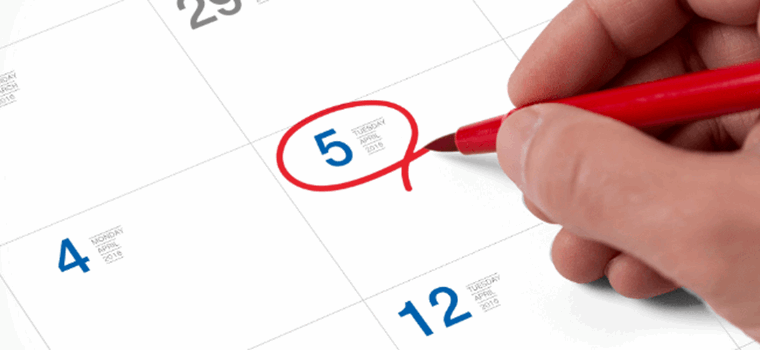Vital as they are, the unfortunate fact is that for most employees, HR processes are a distraction from the day to day business of getting stuff done. Don’t take it personally.
But in the modern world, that perception is a problem. Today, much of the administrative HR burden can be alleviated by affordable self-service software. As a consequence, employees’ engagement with those systems is crucial to ensure accuracy and effectiveness.
Which is fine. Modern systems aren’t just about technology, they’re about culture and mindset. Ultimately, you don’t need people to love the process. You just need them to follow it.
So here are a few things you can do:
Make it easy
Any customer journey specialist will tell you that each step you add to a process constitutes a point of friction between the customer and the business’ end goal. Amazon’s one-click purchase is the perfect example, a one-step process offers very little opportunity for an online shopper to drop out, get distracted or reconsider.
This is absolutely the thinking we apply to the design of our cloud-based HR and Payroll systems. And it’s an approach HR should use when reviewing process, putting yourself in the user’s shoes and honestly appraising every step to ensure it’s quick and essential.
Every unnecessary element is another opportunity for them to go and make a cup of tea. Similarly, every badly designed menu, un-intuitive interface and lack of clear functionality will make the rest of their to-do list look more attractive that your process.
Make it accessible
In July, KPMG released a report highlighting some of the challenges facing UK organisations. Chief among them was the changing expectations around customer experience. On-demand services like Netflix, Uber and, yes, Amazon, have raised the bar in the consumer world; and this heightening of expectation bleeds through into the interactions people have with their employers.
For younger employees, but increasingly among all age groups, any system that isn’t remotely accessible is now immediately seen as clunky and old fashioned and introduces a significant friction point.
Make it habit
Encouraging people to change their behaviour is fundamentally a communication job. Particularly when you’re trying to get people to form new habits.
In 2009, a UCL psychology researcher called Phillipa Lally observed 96 people over 12 weeks and found it took them between 60 and 254 days to form new habits. The previous received wisdom, which dated back to the 60s, had the number at 21 days.
What does this mean? Scientifically speaking, you’re looking at a huge range when it comes to how quickly people will make your process part of their routine; so tell them, tell them, and tell them again.
Make success obvious
The benefits to the business and its employees that HR processes provide might not always be immediately clear, so make these an integral part of your internal comms plan.
An effective way to present this information in a relevant, easily relatable way is to use best practice examples from within your own business. “Team X has completed 100% of process Y this quarter, allowing the business to calculate Z. Let’s hear it for Team X!”
Calling out and celebrating effective engagement not only allows you to demonstrate the value the processes add but can engender a helpful element of interdepartmental competitiveness. If it’s appropriate, this can be stoked further by incorporating elements like a regular league table, or a top/bottom engagement award/wooden spoon into your comms.
Make yourself available
It’s important when mapping streamlined, self-service HR processes that employees’ connection to the organisation isn’t stripped out along with all the extraneous elements. When people’s interaction with their employer takes place solely through a computer of mobile phone screen, the real human of face of HR can be lost.
Without alternative communications channels people’s identification with and connection to the business can suffer. Don’t lose the human touch, make HR available through face to face, instant messaging, social media, an internal social network, even email.
We’ve helped hundreds of HR teams transform their employees’ engagement in HR processes. To find out how our specialists can help you, get in touch.




